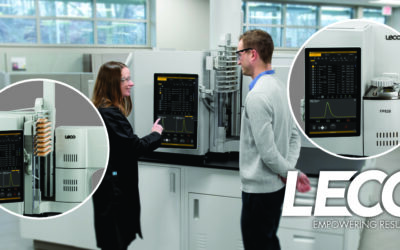Ein kurzer Überblick und Vergleich
Der Proteingehalt in Lebens- und Futtermitteln ist einer der Parameter, die bei den meisten Routine-Kontrollproben in einem Lebensmittellabor untersucht werden. Im Allgemeinen sind die beiden am häufigsten verwendeten Referenzmethoden/-technologien die nasschemische Methode nach Kjeldahl und die Verbrennungsmethode nach Dumas.
In den letzten dreißig Jahren hat die Verbrennungsmethode nach Dumas gegenüber der klassischen Kjeldahl-Methode, die seit dem späten neunzehnten Jahrhundert (1883) die vorherrschende Methode war, an Popularität gewonnen. Und obwohl die Dumas-Methode gegenüber der Kjeldahl-Methode mehrere Vorteile aufweist, ist umstritten, welcher der beiden Hauptansätze im Vergleich zur Dumas-Methode besser ist.
Proteinbestimmung nach Dumas – Ein Ersatz für Ihren Kjeldahl?
Die Stickstoff-Determinatoren FP828 und FP928 von LECO sind beide gut für die schnelle Durchführung der Dumas-Methode geeignet. Die 828-Serie ist für kleine Proben (ca. 250-500 mg) mit Zinnkapseln oder Folien in einem vertikalen Verbrennungsofen konzipiert, während die 928-Serie offene Keramikschiffchen mit Makroproben-Größen (bis zu 3 g, je nach Systemkonfiguration) mit einem horizontalen Verbrennungsrohrsystem verwendet.
Lesen Sie unser aktuelles Whitepaper zum Thema Proteinanalyse mit dem Vergleich beider Methoden, Dumas vs. Kjedahl, erhalten Sie einen kompakten Überblick über die Funktionsweise und erfahren Sie, wie sich die Vorteile eines LECO Dumas Determinators auf Ihren Arbeitsablauf auswirken können.



